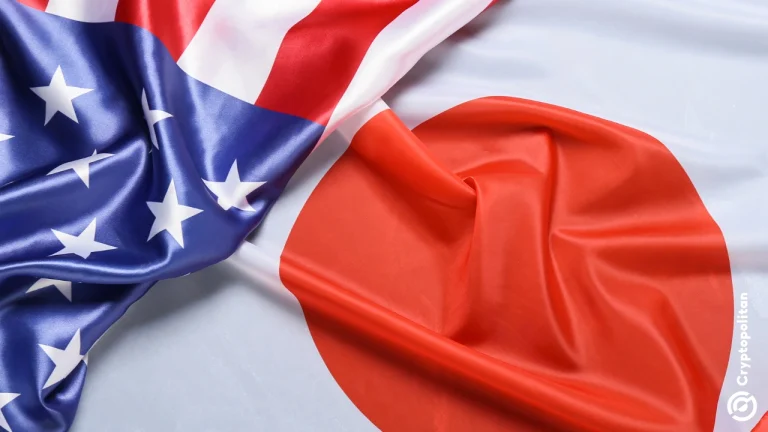Key Takeaways
- Japan and the United States are collaborating to explore rare earth mining opportunities around Minamitori Island.
- This joint initiative aims to secure stable supplies of critical rare earth minerals essential for advanced technologies.
- Surveys confirm rich rare-earth mud deposits in the deep waters near the island, prompting feasibility tests.
- The project seeks to reduce global reliance on China’s dominant rare earth extraction and processing.
Japan and U.S. Partner on Deep-Sea Rare Earth Exploration
Japanese Prime Minister Sanae Takaichi has announced that Japan and the United States will jointly study the development of rare earth mining in the waters surrounding Minamitori Island, an oceanic outpost situated approximately 1,900 kilometers southeast of Tokyo.
This significant announcement was made during a parliamentary session, with the Prime Minister highlighting cooperative rare earth development as a primary topic during her recent meeting with U.S. President Donald Trump.
Securing Critical Mineral Supplies
During President Trump’s visit to Tokyo, both nations formalized a partnership through a new framework agreement. The core objective of this agreement is to ensure stable and reliable supplies of rare earth minerals. These minerals are indispensable components in the manufacturing of a wide array of products, ranging from electric vehicles and consumer electronics to sophisticated military technologies.
Currently, China holds a dominant position in the global rare earth market, controlling approximately 61% of global extraction and over 90% of processing capacity. The United States accounts for 12% of extraction, with Myanmar contributing 8%.
Deep-Sea Mining Experiments Slated
Japan’s strategic interest in Minamitori Island is fueled by extensive surveys that have identified substantial rare-earth mud deposits within its exclusive economic zone. These deposits are located at significant depths, ranging from 5,000 to 6,000 meters, and are considered vital for Japan’s pursuit of enhanced maritime and economic security.
Prime Minister Takaichi stated that Japan plans to commence feasibility tests in January to investigate effective methods for extracting rare earth mud from these extreme ocean depths. We will consider specific ways to promote cooperation between Japan and the United States on rare earth development around Minamitori Island, she affirmed.
If these initial tests prove successful, the project could advance to a trial phase by early 2027. This phase would involve the potential deployment of a system capable of recovering an estimated 350 metric tons of mud daily. Such an achievement could significantly bolster Japan’s position in the rare earth market, enhance its supply chain resilience, and provide a crucial alternative source for the U.S. and its allies.
Addressing Terrestrial Supply Chain Dependencies
The collaborative rare earth initiative between Japan and the U.S. arises amidst ongoing economic tensions between China and the United States, characterized by tariffs and import restrictions. This environment has intensified the global competition for strategic minerals.
China’s recent imposition of export restrictions on several key materials, including rare earth minerals, has raised concerns among Western governments and industries heavily reliant on these resources for semiconductors and renewable energy technologies.
The Trump administration has prioritized reindustrialization and resource independence as cornerstones of its economic agenda. In a related development last month, the U.S. and Australia finalized a critical minerals and rare earths deal, solidifying cooperation on mining, processing, and supply chain development. This pact represents a significant effort by the U.S. to diversify away from China’s market dominance.
For Japan, this deep-sea mining venture aligns directly with Prime Minister Takaichi’s economic and security policy objectives. These objectives include promoting domestic production of strategic materials, fortifying supply chain resilience, fostering technological innovation, and strengthening national defense capabilities.
Final Thoughts
The Japan-U.S. partnership to explore deep-sea rare earth deposits near Minamitori Island signifies a strategic move toward diversifying global supply chains. This initiative directly addresses the critical need for rare earth minerals while seeking to counterbalance China’s current market control.

